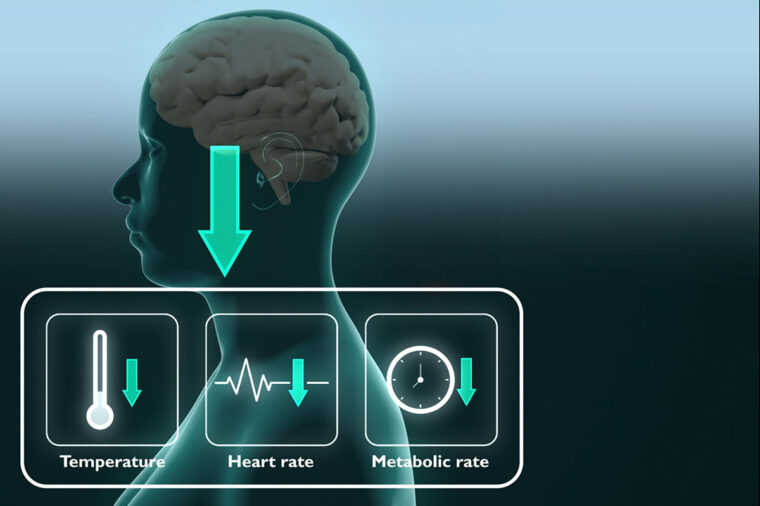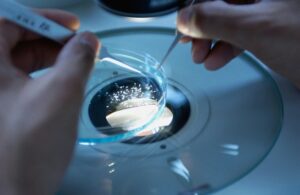
Nature has long served as a muse for scientific breakthroughs. For nearly a century, researchers have been captivated by the ability of certain mammals and birds to enter a state of torpor, a condition characterized by reduced body temperature and metabolic rate, allowing them to endure harsh environmental conditions. Now, an interdisciplinary team led by Hong Chen, a professor of biomedical engineering and neurosurgery at Washington University in St. Louis, is pioneering a method to induce a reversible torpor-like state in mammals using focused ultrasound technology.
This groundbreaking research, published in Nature Metabolism, could pave the way for transformative medical applications, including organ preservation for transplantation and protection against radiation during space travel. Unlike traditional medical interventions that increase energy supply, synthetic torpor aims to reduce energy demand, offering a novel approach to medical challenges.
From Nature to Innovation
Chen’s team successfully induced torpor in mice and rats by targeting the hypothalamus preoptic area in the brain, which plays a crucial role in regulating body temperature and metabolism. The use of a wearable ultrasound transducer allowed for precise stimulation, resulting in a significant drop in body temperature and heart rate, mimicking natural torpor conditions.
“Ultrasound is the only noninvasive energy modality capable of safely penetrating the skull and precisely targeting deep brain structures,” Chen explained.
The implications of this research are vast. By modulating metabolic processes, synthetic torpor could revolutionize how medicine approaches conditions like stroke, where reducing energy demand rather than increasing supply could prove beneficial.
Challenges and Collaborations
Despite its promise, the path to human application is fraught with challenges. Previous attempts to induce torpor in humans, such as using hydrogen sulfide, were halted due to safety concerns. The current research highlights the need for careful consideration of metabolic differences between species and the development of safe, reversible methods.
Wenbo Wu, a doctoral student in Chen’s lab and first author of the study, emphasized the importance of interdisciplinary collaboration. “Collaboration among scientists, clinicians, and ethicists will be critical to develop safe, effective, and scalable solutions for synthetic torpor to become a practical solution in medicine,” Wu stated.
Potential Applications and Future Directions
Synthetic torpor holds potential beyond immediate medical applications. It could play a role in inhibiting tumor growth and developing therapies for neurodegenerative diseases like Alzheimer’s. However, much remains unknown about the coordination of brain regions, peripheral organs, and cellular pathways in metabolic suppression and arousal.
Chen and her team advocate for more preclinical studies and technological innovations to address these gaps. They propose a dual approach that combines neural circuit modulation with systemic interventions to influence peripheral metabolic pathways.
“Synthetic torpor is no longer just a theoretical concept – it is an emerging field with the potential to redefine medicine,” Chen said. “Bridging fundamental neuroscience, bioengineering, and translational medicine will be key to overcoming current challenges and advancing synthetic torpor toward real-world applications.”
Looking Ahead
The research, funded by the National Institutes of Health and the Japan Society for the Promotion of Science, represents a significant step toward making synthetic torpor a reality. As the field evolves, the focus will remain on ensuring safety and efficacy, with the ultimate goal of transitioning synthetic torpor from a scientific curiosity to a viable medical intervention.
With continued interdisciplinary collaboration and innovation, synthetic torpor could soon become a cornerstone of modern medicine, offering new hope for patients and expanding the boundaries of what is possible in medical science.







